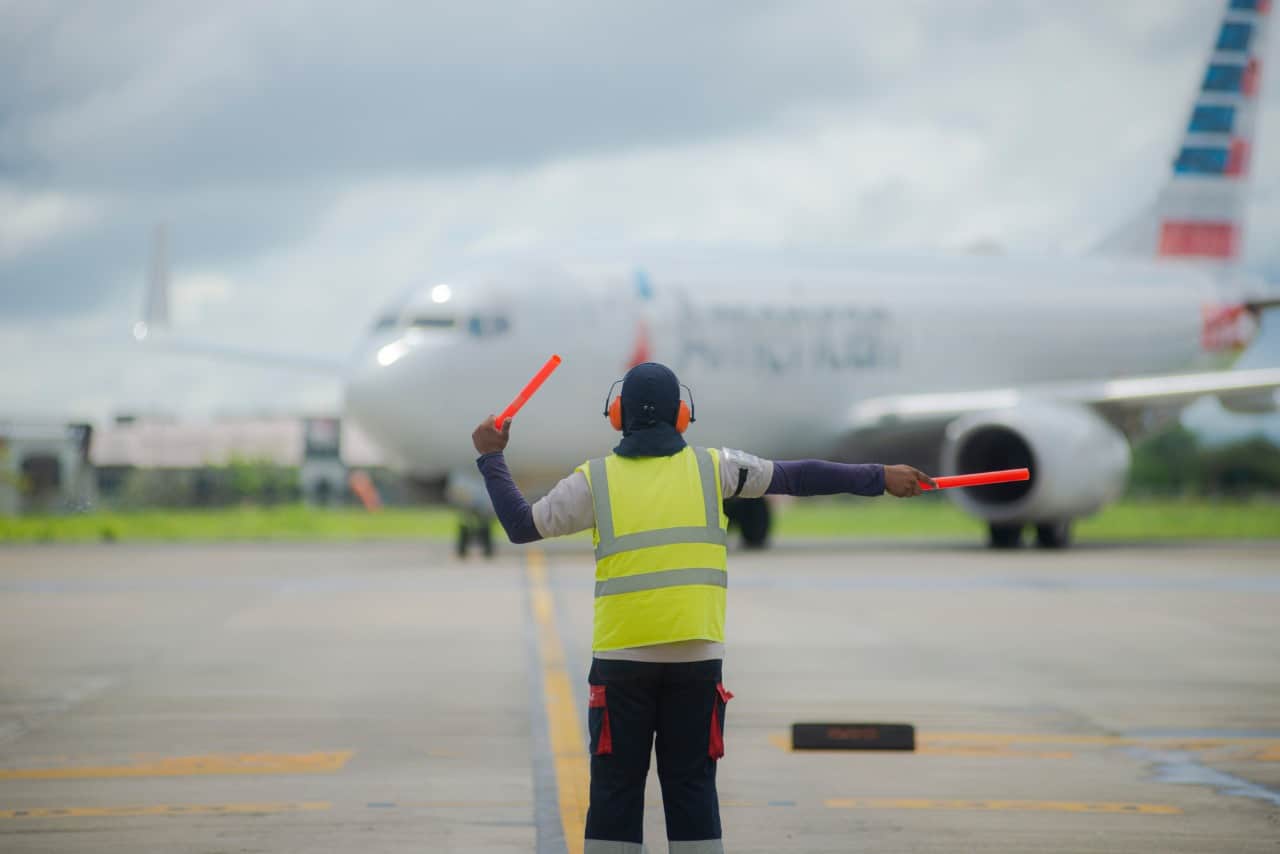The United States reopened its borders Monday to foreign visitors fully vaccinated against Covid-19 after 20 months of travel restrictions, paving the way for eagerly anticipated reunions among family members and friends.
The ban, imposed by then-president Donald Trump in early 2020 and upheld by his successor Joe Biden, has been widely criticized and become emblematic of the upheavals caused by the pandemic.
At airports in Europe, passengers queued excitedly to board planes bound for the US, while long lines of masked pedestrians, cars and motor homes were seen before dawn at the borders with Mexico and Canada.
The United States closed its borders after March 2020 to travelers from large swathes of the world, including the European Union, Britain, China, India and Brazil, in an effort to slow the spread of the coronavirus.
Overland visitors from Mexico and Canada were also banned.
Larger planes
At Frankfurt airport in Germany, Hans Wolf was queueing at the check-in counter, visibly moved, bound for Houston to visit his son whom he had not seen in two years.
“We booked the first flights in March and had since then rebooked I think 28 times, and spent so much money in between that this flight must really be profitable now,” he said.
Over at London Heathrow Airport, two planes from rival airlines British Airways and Virgin Atlantic heading to New York took off at the same time from parallel runways to mark the occasion.
To cope with surging demand, airlines have increased the number of transatlantic flights and plan to use larger planes.
Dollar shortages
Along the US-Mexico border, many cities have faced economic struggles due to anti-Covid trade restrictions.
Reflecting widespread anticipation of the reopening, currency exchange centers in Mexico’s Ciudad Juarez were hit by a shortage of dollars.
The Ciudad Juarez government has implemented a special system to direct traffic, including installing portable toilets on the three bridges crossing into the United States “as waiting times of up to four hours are estimated,” said the local director of road safety, Cesar Alberto Tapia.
In the United States’ northern neighbor, seniors will be able to resume their annual trips to Florida to escape the bitter Canadian winters.
Before sunrise, passenger cars and motor homes were seen lined up on Rainbow Bridge straddling the border at Niagara Falls.
But the cost of PCR tests Canada that requires for cross-border travel — up to $250 — can be prohibitive.
Ann Patchett, an Ontario resident, told the Ottawa Citizen it will cost $500 for her and her husband to go south to visit family.
“Do you want to hug your children? Do you want to tuck your grandchildren into bed?” she asked. “It’s very frustrating.”
Some restrictions remain
Lifting the travel ban will affect more than 30 countries, but entry into the United States will not be totally unregulated.
US authorities plan to closely monitor travelers’ vaccination status and will still require them to present negative Covid tests.
The reopening will happen in two phases.
Starting Monday, vaccines will be required for “non-essential” trips — such as family visits or tourism — although unvaccinated travelers will still be allowed into the country for “essential” trips.
A second phase, beginning in early January, will require all visitors to be fully vaccinated to enter the United States by land, no matter the reason for their trip.
US health authorities have said all vaccines approved by the US Food and Drug Administration and the World Health Organization would be accepted for entry by air.
Europe’s rising cases
Washington has not yet commented on Europe’s recent Covid caseload increase.
The WHO has expressed “grave concern” over the rising pace of infections in Europe, warning that the current trajectory could mean “another half a million Covid-19 deaths” by February.
US Surgeon General Vivek Murthy said Sunday on ABC that he’s “cautiously optimistic about where we are,” while adding: “We can’t take our foot off the accelerator until we’re at the finish line.”






